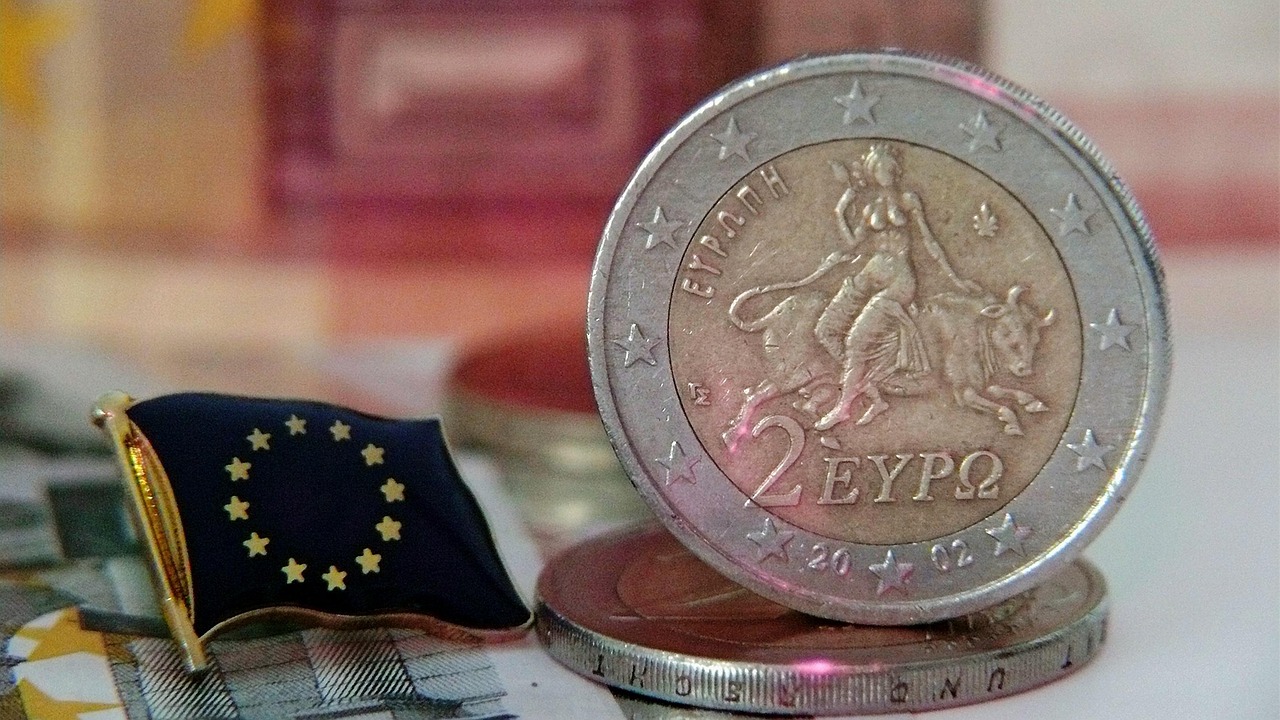Crypto swing trading is a trading style where you hold positions for days to weeks to capture meaningful price moves. It’s about catching the middle of a move — not the frantic one-minute scalps and not the buy-and-hold forever dream. If you want consistent wins, you need a plan that’s equal parts science and gut, discipline and compassion for your own fears.
Why this matters to you: crypto markets are loud, emotional, and full of opportunity. Swing trading lets you work with volatility, not against it. It gives you time to think, to manage risk, and to compound gains in a way that fits a living life.
Contents
- Crypto Swing Trading: The Mindset That Wins
- Tip 1: Define Precise Timeframes And Targets
- Tip 2: Let Price, Not Hope, Make Decisions
- Tip 3: Build A Compact Toolkit — Indicators That Pull Their Weight
- Tip 4: Risk Management Is Non-Negotiable
- Tip 5: Treat Volatility Like Opportunity, Not Enemy
- Tip 6: Keep A Simple, Honest Trade Journal
- Tip 7: Combine Data With Human Judgment
- How To Build A Routine That Produces Wins
- Common Mistakes And How To Fix Them
- Real-World Example: A Measured Swing
- Keeping Emotions In Check
- Resources That Strengthen Your Edge
- Bottom Line
- FAQ
Crypto Swing Trading: The Mindset That Wins
You must treat swing trading like a craft. Read the research on momentum and mean reversion — academic work shows assets often trend and then revert, and that pattern is alive in digital assets too (see real-world market analysis by top exchanges). When you embrace that pattern, you trade with confidence rather than noise.
Think like a patient predator. You wait for a clear setup. You don’t chase. You don’t argue with the market. You set rules and honor them. That mental muscle will protect your capital more than any indicator.
Tip 1: Define Precise Timeframes And Targets
Decide what “a swing” means for you. Is it two days, two weeks, or six weeks? Pick a consistent timeframe and stick to it.
When your timeframe is fixed, your stop-loss size, position size, and profit target become measurable. For example, if your average trade lasts seven days, study past weekly moves in that coin to set realistic targets.
Use trailing stops that respect the timeframe. Tight stops kill winners. Loose stops blow accounts. Balance them with volatility — measure it with Average True Range (ATR) or similar tools so your stop is meaningful, not emotional.
Tip 2: Let Price, Not Hope, Make Decisions
Price is the only truth. Indicators, social media hype, and “expert” hot takes are opinions. Your job is to watch price behave.
Look for structure: higher highs and higher lows on a clear trend or consistent support zones on a grind. If price breaks structure, reassess. That’s not failure — it’s data.
If a trade turns against you, ask whether your thesis failed or whether the market is merely noisy. If the thesis failed, exit. If it’s noise, your rules will tell you what to do. This is how winners separate from wishful spenders.
Tip 3: Build A Compact Toolkit — Indicators That Pull Their Weight
You don’t need a chart that looks like a Christmas tree. Keep three reliable tools:
- Trend confirmation (moving averages or ADX).
- Momentum (RSI or MACD).
- Volatility filter (ATR or Bollinger Bands).
Combine them. For example, buy when the trend is up, momentum shows strength, and price bounces off a volatility band. That’s repeatable. That’s teachable. That’s survivable.
Professional traders lean on clean rules. Binance Academy and Investopedia provide solid primers on these tools if you want a structured refresher.
Tip 4: Risk Management Is Non-Negotiable
Decide risk per trade and never deviate. I use a hard rule: risk no more than 1–2% of trading capital per swing. That keeps one bad streak from ending your account.
Calculate position size from stop distance and risk limit. If a trade requires an oversized position to reach your profit target, it doesn’t belong in the portfolio. Smaller, consistent wins beat volatile guesswork.
Use mental rehearsal. Practice accepting small losses. Studies on behavioral finance show loss aversion leads to poor decision-making — training yourself to accept tiny losses keeps your psychology intact for the long run.
Tip 5: Treat Volatility Like Opportunity, Not Enemy
Volatility is your raw material. In crypto, it’s abundant. Harness it with wider stops or by trading smaller sizes during wild sessions.
When markets scream, avoid impulsive entries. Instead, tighten rules: wait for confirmation candles, check volume, or prefer trades that align with the larger trend. That reduces noise-driven losses.
Keep an emergency plan for big moves — mark levels where you’ll step back. During extreme volatility, reduce position size across the board. Survive now; profit later.
Tip 6: Keep A Simple, Honest Trade Journal
Write every trade down. Not just wins, but the ones you exited early, the ones you doubled into, and the ones you ignored. Over time, patterns reveal themselves.
Structure your entries: setup, thesis, entry, stop, target, outcome, and what you felt. The emotional notes are gold. You’ll learn where fear, greed, or bias cost you money.
Review weekly and monthly. Make small adjustments. Let the journal be your coach, not your judge.
Tip 7: Combine Data With Human Judgment
Algorithms are powerful, but human context matters. News, macro events, and exchange intermediaries influence crypto in ways raw numbers miss. Use on-chain metrics, pragmatic indicators, and a sense of market mood.
For example, funds flow and exchange reserve data often predict price pressure. Glassnode and CoinDesk publish on-chain and market flow analysis that can be woven into your decisions. Treat data as a partner — not as gospel.
How To Build A Routine That Produces Wins
Start the day with a short checklist: scan your open positions, confirm levels, and mark any macro events. Limit your screen time. A focused 60-minute review beats endless doomscrolling.
Batch your work. Research at one time, trade at another. This prevents emotional trading and keeps your decisions deliberate.
Keep diversification simple. Don’t hold five coins with identical risk profiles. Mix trades with different catalysts: technical breakouts, consolidation breakouts, and news-driven moves. Spread risk across setups, not noise.
Common Mistakes And How To Fix Them
You’ll overtrade. You’ll take revenge trades. You’ll keep losers too long because the chart “looks promising.” Fix these by enforcing rules, scheduling reviews, and using automation where practical.
If you can code, set alerts or conditional orders. They keep you honest. If not, use platforms that offer mobile alerts and reliable stop tools. Automation doesn’t remove judgment — it preserves it.
Real-World Example: A Measured Swing
Imagine you spot an altcoin forming a tight base after a larger downtrend. The 20-day moving average turns up, RSI crosses above 50, and volume increases on green days. You define a stop below the base low, risk 1% of capital, and aim for a 3:1 reward-to-risk. Over two weeks, price runs; you trail the stop with ATR. Small risk, controlled aggression, and clear rules — that’s the profile of a consistent swing winner.
Keeping Emotions In Check
Trading is an emotional sport. Use ritual to calm your body: deep breaths, a short walk, a written checklist. Celebrate good trade execution more than big wins. Over time, a steady process compounds into a reliable edge.
Resources That Strengthen Your Edge
Read trading psychology research, check exchange data, and follow on-chain analysis. Investopedia’s swing trading guide and Binance Academy’s technicals are practical starting points. For deeper on-chain insight, read Glassnode reports and CoinDesk analysis.
Bottom Line
Swing trading crypto can be consistent and rewarding if you treat it like a craft. Define timeframes, respect price, manage risk, and use a compact toolkit. Build routines, journal ruthlessly, and marry data with judgment. Do these things and you’ll turn volatility into opportunity instead of chaos.
Be kind to your losses. Learn faster than you lose. Your best trades come from the discipline you build today.
FAQ
What Is Crypto Swing Trading And Who Is It For?
Crypto swing trading is holding positions from days to weeks to capture price swings. It’s ideal for traders who want exposure to crypto volatility without day-trading hours or long-term HODLing.
How Much Capital Do I Need To Start Swing Trading Crypto?
You can start small — what matters is risk management. Even with limited capital, set a consistent percentage risk per trade so one loss can’t derail your account.
Which Indicators Work Best For Swing Trading Crypto?
Keep it simple: trend indicators like moving averages, momentum tools like RSI, and volatility measures like ATR are high-value and low-clutter choices.
How Do I Handle Sudden News Or Exchange Issues?
Have a pre-defined plan: reduce size, use wider stops for volatility, and avoid entering new positions during high-uncertainty events. Monitor reputable outlets for verified updates.
—
References
CoinDesk provides up-to-date market analysis and reporting that is useful for understanding macro trends and on-chain developments (http://www.coindesk.com).
Investopedia explains swing trading strategies, indicators, and position sizing in clear, practical terms for traders at every level (http://www.investopedia.com).
Binance Academy offers technical guides and educational material on indicators like ATR, RSI, and moving averages, which are practical for swing traders (http://academy.binance.com).
Glassnode publishes on-chain research and data-driven insights that help traders interpret exchange flows and market pressure in crypto (https://glassnode.com).
Academic research on momentum and mean reversion includes papers available via SSRN that explain the statistical foundations traders use for swing strategies (http://papers.ssrn.com).








